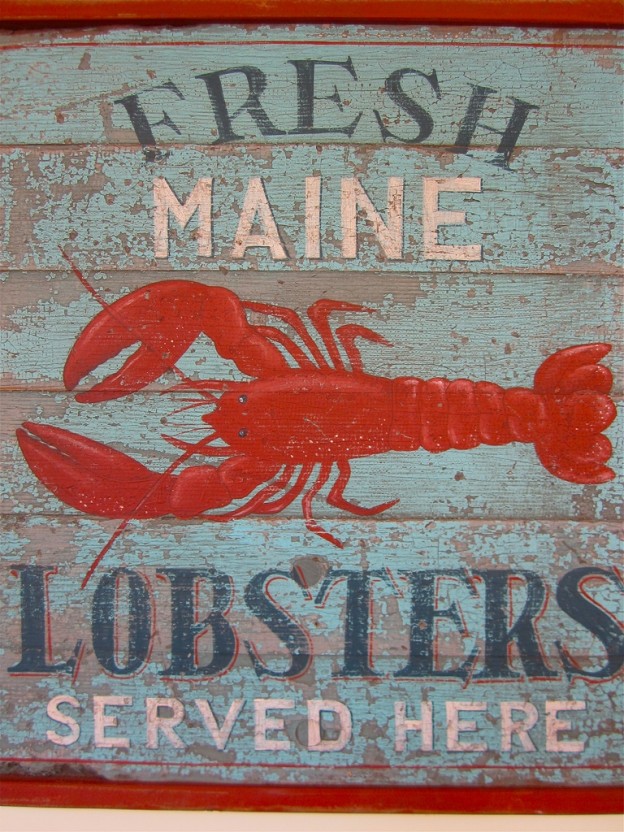
Photo: CasaDeQueso/Flickr
Today on Radio Boston, we peek under the shell of New England’s most iconic summer food: Maine lobster.
You may smack your lips at a hefty lobster ready to be cracked but, according to Elisabeth Townsend, food writer and author of Lobster: A Global History, when Europeans first arrived in New England, they found lobsters 5 to 6 feet long and weighing 16 to 45 lbs!
Honey, we’re gonna need a bigger tub of butter.
In New England, we only eat one species of lobster: Homarus americanus. This has some interesting ramifications, both good and bad. Since lobsters’ natural predators, cod and haddock, have been overfished in Maine waters, lobstermen are hauling up more and more lobster every year. Fifty years ago, on the other hand, Maine fishermen caught lobster, cod, scallops and sea urchin at different times during the year. Today, 85% of the value in the Maine fishing industry rests with Homarus americanus, and University of Maine professor Bob Steneck thinks that’s a risky proposition. Disease or environmental change could lead to disaster for the entire fishing industry up and down the coast. He calls the current boom a “gilded trap” for lobstermen.
Listen in today as Radio Boston speaks not only with Prof. Steneck and Elisabeth Townsend, but also David Cousens, president of Maine Lobstermen’s Association, about the past and present status of New England’s iconic crustacean. We provide three timeless recipes: Lobster Bisque, Curried Lobster and Scalloped Lobster — all dating from the late 1800s.
Now, about that 16 lb. lobster…
